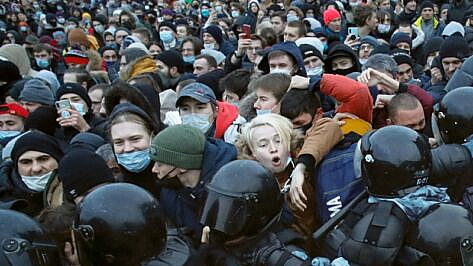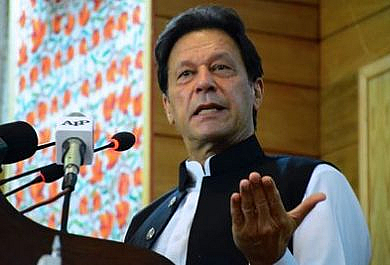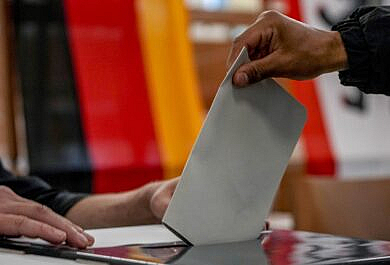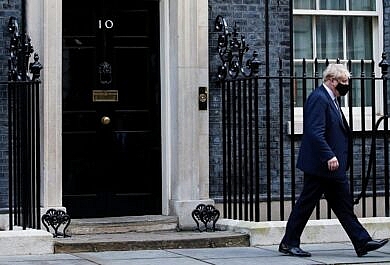As Russian opposition leader Alexei Navalny was arrested, protests were organized across the country. Putin’s police tried to prevent the protests, eventually arresting as many as 3,000 Russians nationwide.
Summary
Protests erupted across Russia to condemn the arrest of opposition leader Alexei Navalny and demand his immediate release.
- Navalny was arrested immediately upon returning to Russia, a violation of a suspended conviction for money-laundering six years ago. Navalny claims the charge and conviction was bogus.
- Russian authorities attempted to stop the protests before they began by rounding up and detaining Navalny’s closest associates.
- Police cracked down, arresting thousands as protesters pelted the officers with snowballs.
- The U.S. State Department condemned the arrests, saying they “strongly condemns the use of harsh tactics against peaceful protesters and journalists.”
![]()
- CNN collected reports of arrests in various cities, including the arrest of Navalny’s wife.
- The New York Times noted in their reporting that while the protests are not an immediate threat to Putin’s control, “their broad scope” was a sign of “widespread fatigue” with the status quo.
- Navalny’s closest associates had hoped the “show of strength” would force the government to release him, according to the Guardian.
![]()
- Anti-Putin voices were pushing for the Biden administration to invoke the Magnitsky Act, to apply targeted sanctions against Putin and others responsible for Navalny’s arrest.
- Before the protests, OAN reported on the detention of a close associate of Navalny’s before the protests.
- Without mentioning Navalny’s arrest or yesterday’s protests, RedState contributor Shipwreckedcrew wrote about Biden’s continuation of foreign policy tools and objectives the Trump administration began, and mocked the media for calling Trump “Putin’s stooge.”
© Dallas Gerber, 2021






